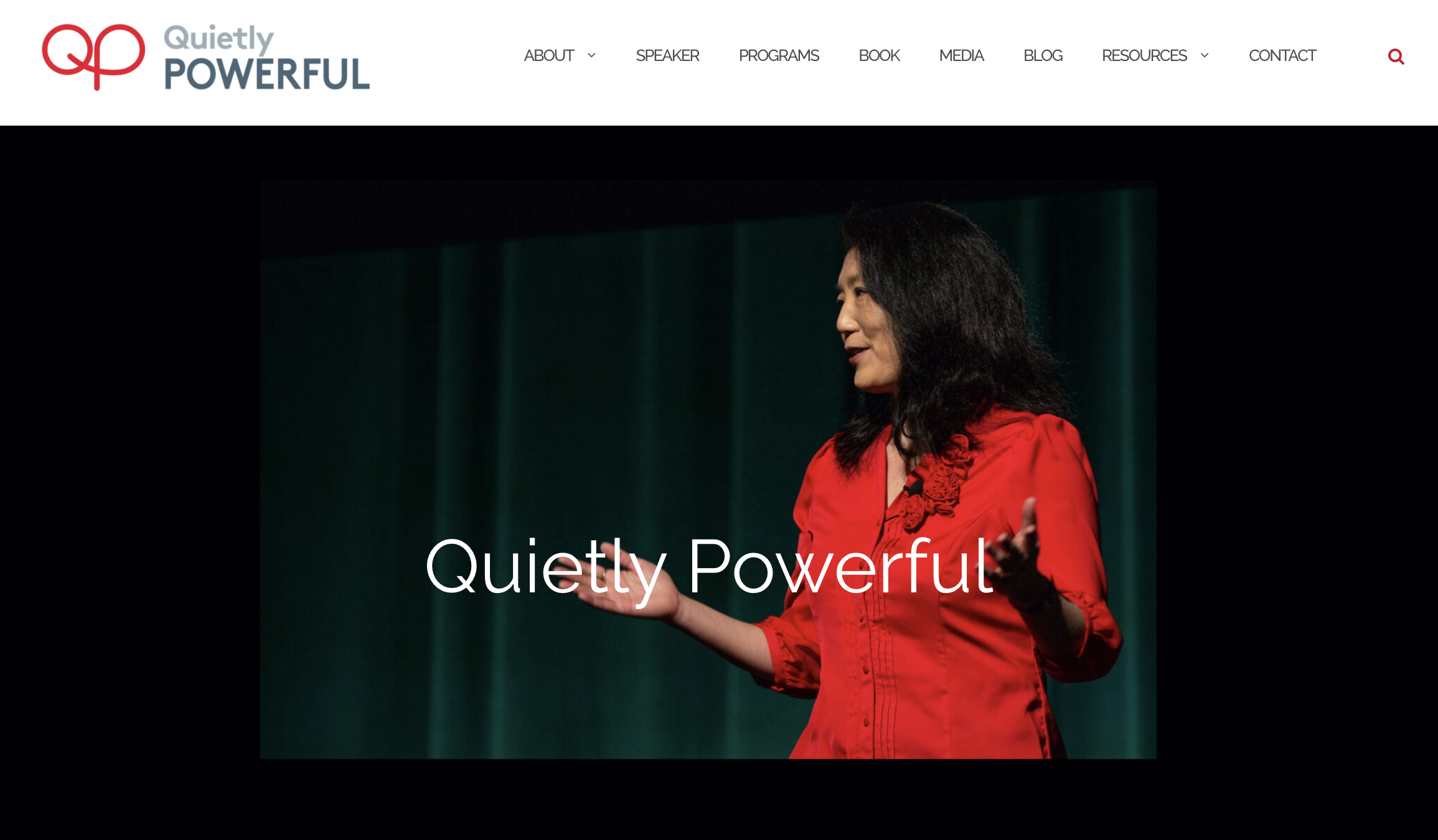My Blog
Strong leadership ≠ dominance
- Details
- Posted: 26 April 2018
Recently I heard two cases where leaders with track records were unsuccessful for roles they applied for, and they were unsuccessful because the hiring manager was looking for a ‘strong leader’.
One of them wrote to me and said:
“I think they were looking for that [a dominating style of leader] because it is their current workplace culture. They fight, they push each other around…”
The other was put forward by a recruiter due to his strong track record, but the hiring manager saw his personality profile results with a lower dominance trait and said he doesn’t want a pussy cat.
It concerns me that strong leadership is equated to dominance.
Dominant, directive leadership styles are useful in some circumstances, such as in emergency situations where having someone take charge gets more people out of trouble. In an environment where change, disruption and innovation are the norm, the dominant leadership style is outdated and often unproductive.
Evan Sinar, Ph.D., Chief Scientist and Vice President at DDI makes the following comment based on the recent study into the changing face of leadership (The Global Leadership Forecast 2018 by DDI, The Conference Board, and EY integrates data from more than 28,000 leaders and HR professionals at 2,488 organizations around the world).
[Leaders] need to be highly adaptable, hyper-collaborative, and able to leverage data to make better decisions. And now more than ever, they need to be able to identify and develop other digitally-savvy leaders.
If we need leaders who can adapt, collaborate, make better decisions and develop leaders, would the current definition of a ‘strong leader’ cut it?
Consider the implications of continuing to appoint ‘alpha’ style dominant leaders in the workplace:
- Appearance of confidence/dominance is mistaken as competence (see Appearing confident is over-rated)
- Dominance may be a cover up of inner insecurities, which can result in misuse of power (see The dangers of leaders who appear confident but are not so confident inside)
- We create and reinforce a culture of win/lose, loudest gets heard, competition over collaboration
- Poor decisions go unchallenged as people do not speak up and/or are not heard
- Creativity is squashed as people give up thinking for themselves or sharing ideas
- Bad news and risks are not raised as people are afraid
- We overlook highly talented leaders who get results from collaborating and empowering people (see Bias towards style over substance is keeping your real talent hidden)
- Diversity (in all forms, including leadership style) at senior leadership levels continues to be limited, locking out or silencing those who can add enormous value to the organisation
- Worst case, positional power gets misused in various ways – bullying, harassment and abuse, unethical decisions being imposed, self interest over-riding customer and/or organisational interest
Based on a range of reading, research and observation of current issues, a more up-to-date view of strong leadership include:
- Strength of character – doing the right thing when it’s difficult to do so. They are strong enough to take the path that is difficult, unpopular or even not in their self-interest.
- Purpose driven – leading for a mission, cause or passion that is greater than themselves, such that decisions are made for the greater good. They are strong enough to surround themselves with talented people who may challenge them to benefit the mission.
- Empathy and compassion – being able to listen to and see another’s perspective when the easier thing to do is to polarise and win or power over others. They are strong enough to be present and compassionate in the face of difficult behaviours by others.
- Conviction and humility – being able to state a view with conviction without attachment, so there’s openness to being challenged. They are strong enough to ask for input and advice, welcome challenge and admit they have been wrong.
- Courage – to challenge the status quo when it’s not working, to speak up when it matters to the collective, to accept responsibility, to be authentic, to show that they are not perfect.
Rosalinde Torres, who researched stand-out leaders globally, echoed some of these qualities in her TED talk What it takes to be a great leader?. She outlines that leaders need to be open to a diverse range of information and people to anticipate change and courageously move into the future.
If we want organisations that do the right thing, organisational culture that enables people to thrive, organisations that outperform and build positive reputations, we need to expand our mental model of what strong and effective leadership looks and feels like.
My research into Quietly Powerful Leaders show that the up-to-date version of strong leaders do exist. They just don’t look or sound like what we have perceived to be strong leaders in the past.
Of course, naturally dominant individuals can have or develop self-awareness and inner confidence such that they can be more like the updated version of a strong leader. It is also time for us to unlock the talents of the non-dominant, quietly powerful leaders.
What do you think it will take for individuals and organisations to shift what we believe to be ‘strong leadership’?
Relevant articles:
The definition of what good leadership looks like needs an update
We all want leaders who listen. So why don't we have more quieter leaders?


